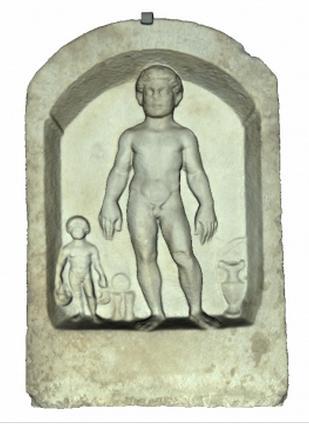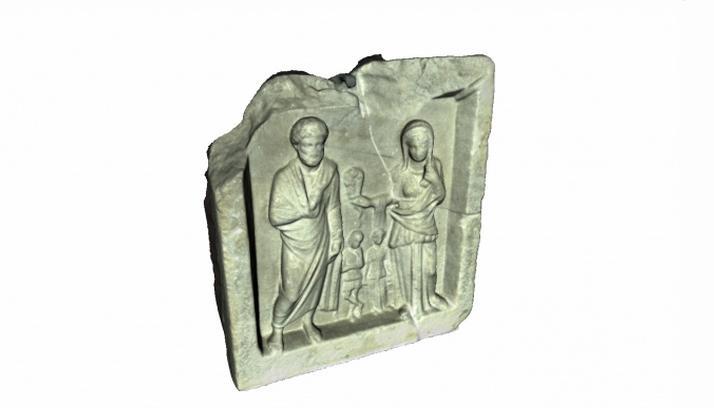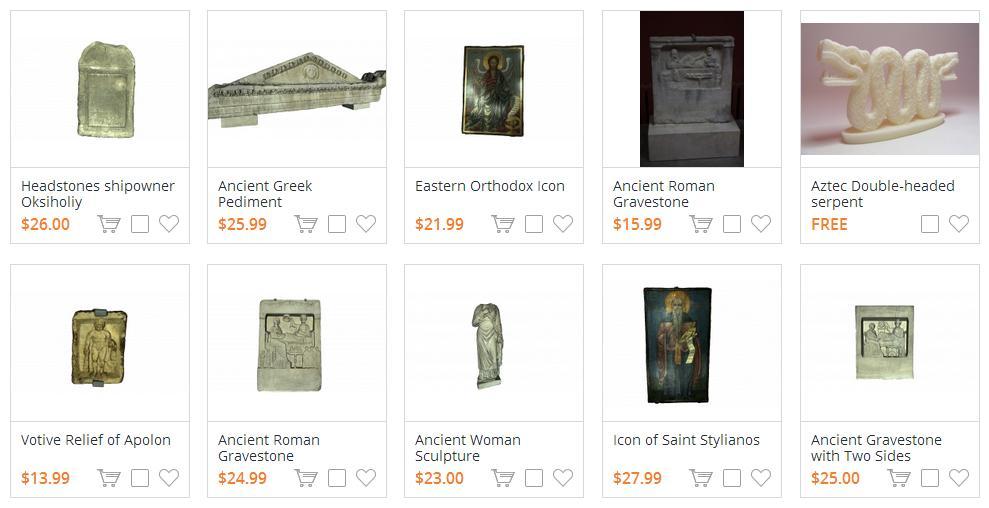European Museums Set to See Their Artifacts Become 3D Printable With Artec Group / Threeding Partnership
Back in May, we reported on a 3D design marketplace, Threeding. They had begun scanning and uploading 3D printable models of Egyptian Archaeology to their marketplace, allowing anyone with a 3D printer to pay a fee to download and replicate these artifacts. While this move didn’t gain all that much attention in the public’s eye, this could have been the start of a movement looking to digitize the world’s ancient relics. We have seen in the middle east, many ancient artifacts being destroyed due to wartime activity by opposing sides. We have also seen nature eat away at, and deteriorate relics that have been with us for thousands of years. In some cases it is not possible to preserve all of these artifacts, and certainly there is no full-proof method to do so.
Threeding seems to be focusing on the preservation of artifacts through replication. 3D printed models of ancient artifacts definitely are not as good as the originals, but when it comes to studying these objects, in many cases, they provide just enough information as is needed. Today, Threeding and Artec Group, a leading developer and manufacturer of professional 3D scanners, have announced a partnership that will allow for the 3D scanning of even more historical artifacts.
Under the agreement, Threeding will utilize Artec’s software, 3D scanning technology, and know-how, to make 3-dimensional, printable models of historical artifacts from museums located in Central and Eastern Europe. These models will then be made available for anyone to download and 3D print via the Threeding marketplace. This is the very first large-scale project of its kind, used for commercial purposes, and could provide educational institutes with the ultimate tools when it comes to teaching about ancient history.
“We are very excited about this partnership,” explained Stan Partalev, co-founder of Threeding.com. “Offering 3D printing models of historical artifacts is a key priority for us and having access to Artec’s cutting-edge 3D scanning technology will increase significantly the number of models we offer. Their 3D scanners are undisputedly the best devices for the digitalization of historical artifacts.”
Threeding plans to scan additional artifacts at the Historical Museums of Varna and Pernik, using the capabilities of Artec’s scanners to capture small objects with very high accuracy and precision. The goal is to make models that, if printed on the correct 3D printers, could look very similar, if not almost identical to the originals.
“Artec Group pays much attention to application of 3D scanning technology for world heritage preservation,” said Artyom Yukhin, president and CEO of Artec Group. “With a pleasure we participate in such projects and make our little contribution to this highly important initiative.”
This partnership is a commercial one, in that both Threeding and Artec stand to reap the benefits of selling these 3D models to those interested. However, the museums that hold these relics will also benefit financially by collecting royalties from each sale.
“This is an important aspect of the project, due to the fact that most Central and Eastern European museums have limited budgets,” says Threeding. “With this project, Threeding and Artec will help them financially and support the Pan-European effort for the digitalization of European historical and cultural heritage.”
This could very well be the start of the digitalization of ancient history, as well as a new beginning in the teaching methods, not only for museums, but for schools and universities as well. It should be interesting to see if educational institutions begin utilizing some of these models in lesson plans and curricula as a hands-on approach to education.
What do you think? Will this lead to the scanning, digitalization, and eventual replication of the world’s ancient relics? Discuss in the 3D printable ancient artifacts forum thread on 3DPB.com.
Subscribe to Our Email Newsletter
Stay up-to-date on all the latest news from the 3D printing industry and receive information and offers from third party vendors.
You May Also Like
3D Printing News Briefs, April 27, 2024: Research, Digital Dentistry, Cycling, & More
We’re starting today’s 3D Printing News Briefs with some research into 3D printed luminescent quantum-dot polymer architectures and free-form laser beam shaping, and then on to an open source 4-axis...
HP & INDO-MIM Collaborate to Boost Metal 3D Printing in India
HP Inc. and INDO-MIM, a US- and India-based supplier of metal injection molding (MIM) powders and contract manufacturer, have announced that the two companies will collaborate to accelerate additive manufacturing...
3D Printing News Briefs, February 17, 2024: Shot Blasting, Service Bureaus, & More
In today’s 3D Printing News Briefs, we’re starting out with post-processing, as SKZ Würzburg is using a shot blast system from AM Solutions for its research. Moving on to business,...
3D Printing News Unpeeled: Not That Kind of Organ 3D Printing
GKN Aerospace will create a 150 jobs in Trollhattan Sweden with an investment of $60 million part of which comes from the Swedish Energy Agency’s Industriklivet initiative. The investment will...

































